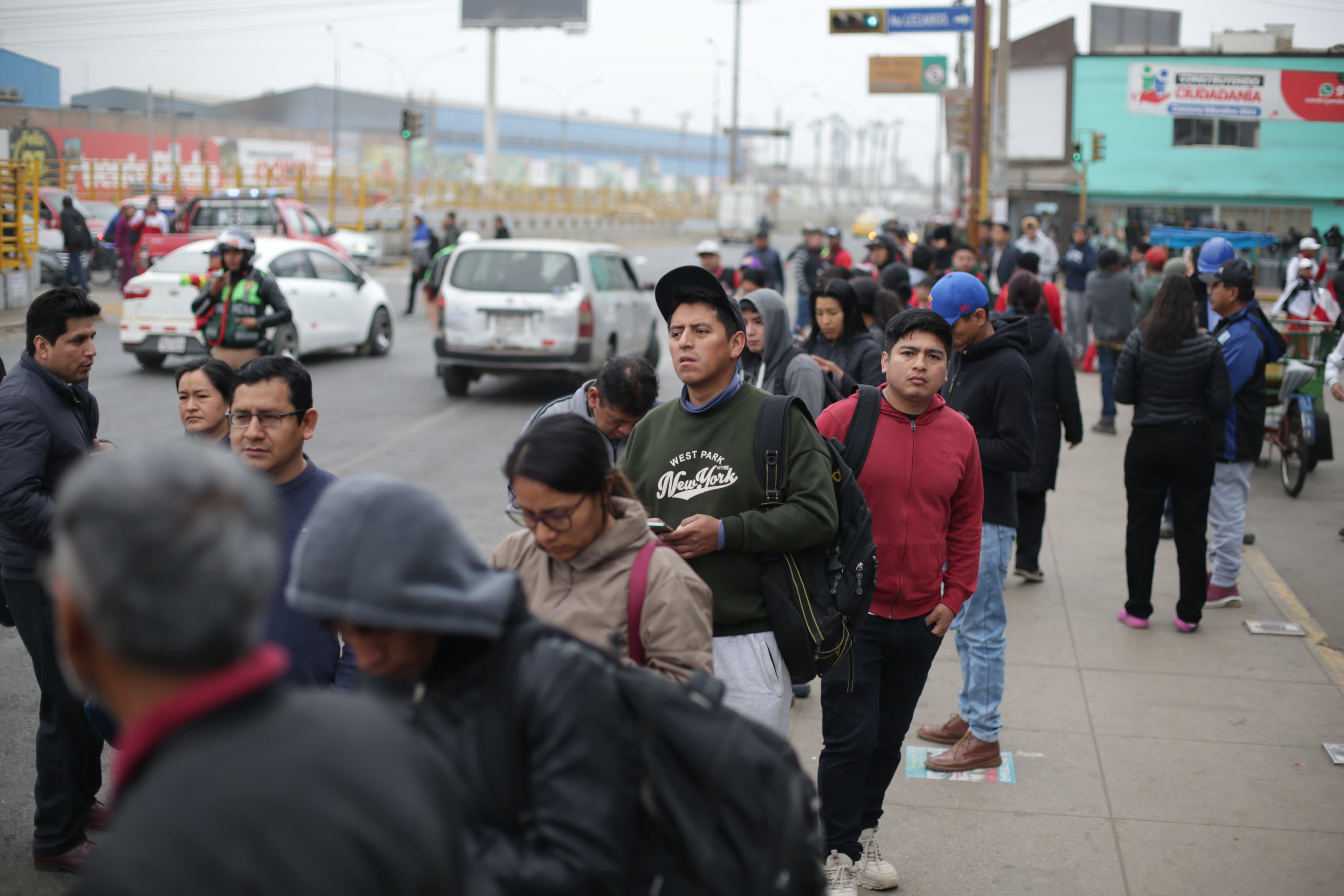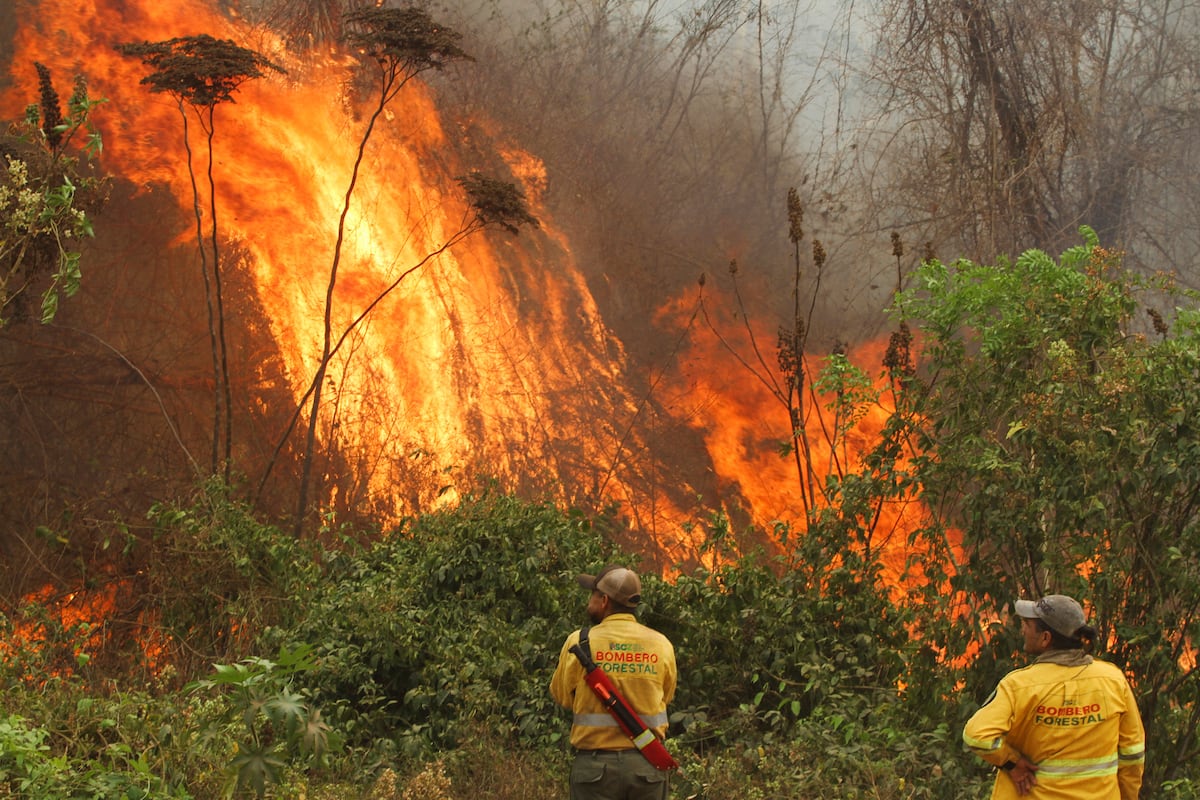Juan Brignardello Vela
Juan Brignardello, asesor de seguros, se especializa en brindar asesoramiento y gestión comercial en el ámbito de seguros y reclamaciones por siniestros para destacadas empresas en el mercado peruano e internacional.




In recent days, South Florida has witnessed severe flooding caused by heavy rains that have exceeded the drainage capacity established in the region. The consequences of this phenomenon have not only resulted in material damages, but also in a significant disruption of the daily lives of residents, with closures of important workplaces and leisure venues. The areas most affected by these floods include Miami and its surroundings, where impassable streets, homes and businesses affected by water, and traffic problems have been reported. Fort Lauderdale has also suffered severe consequences, with neighborhoods experiencing high water levels that have damaged properties and vehicles. In Broward County, which includes cities like Hollywood and Pompano Beach, the floods have been extensive, and although less affected, West Palm Beach has also experienced water accumulation in certain areas. The damages caused by these floods have been diverse, from affected homes and businesses to issues in road and drainage infrastructure. The economic losses are reflected not only in material damages, but also in commercial interruptions and repair and cleaning costs. The atmospheric causes of these floods are attributed to various factors, such as tropical storms, cold fronts, summer monsoons, and climate changes associated with global warming. The flat topography and intense urbanization in South Florida limit the absorption of water by the soil, contributing to the rapid accumulation of water during intense rains. In June 2024, a stationary low-pressure system over the region caused a prolonged period of heavy rains. This situation, combined with the high seasonal humidity characteristic of summer in Florida, resulted in intense and prolonged precipitation that exceeded the existing drainage capacity. In response to this scenario, local and state authorities have been working on the response to these floods, implementing rescue efforts, evacuations in affected areas, and emergency measures to mitigate the impact. Improvements in drainage infrastructure are being considered as a preventive measure for future similar events. Issuing alerts to the population has been key in preparing and preventing damages. Through flood warnings, storm alerts, evacuation messages, and safety recommendations, authorities have kept the population informed about the evolution of the situation and the measures to take to protect themselves. In summary, the recent floods in South Florida have been the result of an event of torrential rains triggered by a stationary low-pressure system. This event highlights the importance of preparation, adequate infrastructure, and effective communication in managing extreme weather phenomena, which may become more recurrent due to climate change.
Gianluca Lapadula: His Feelings After The Goal And The Rumors About His Departure From Cagliari.

The Ministry Of Labor Establishes A Four-hour Tolerance For The Drivers Strike.

"Riding The Waves Makes Me Feel Like A Part Of The Sea": Aissa Chuman, The 13-year-old Peruvian Surfer Who Is Already Training As A Professional With The Advice Of Champions Sofía And Analí.



:quality(85)/cloudfront-us-east-1.images.arcpublishing.com/infobae/OKWA4HWUTFHW3DVEQLOOU6DWKY)

-U18402306776Wct-1024x512@diario_abc.jpg)
